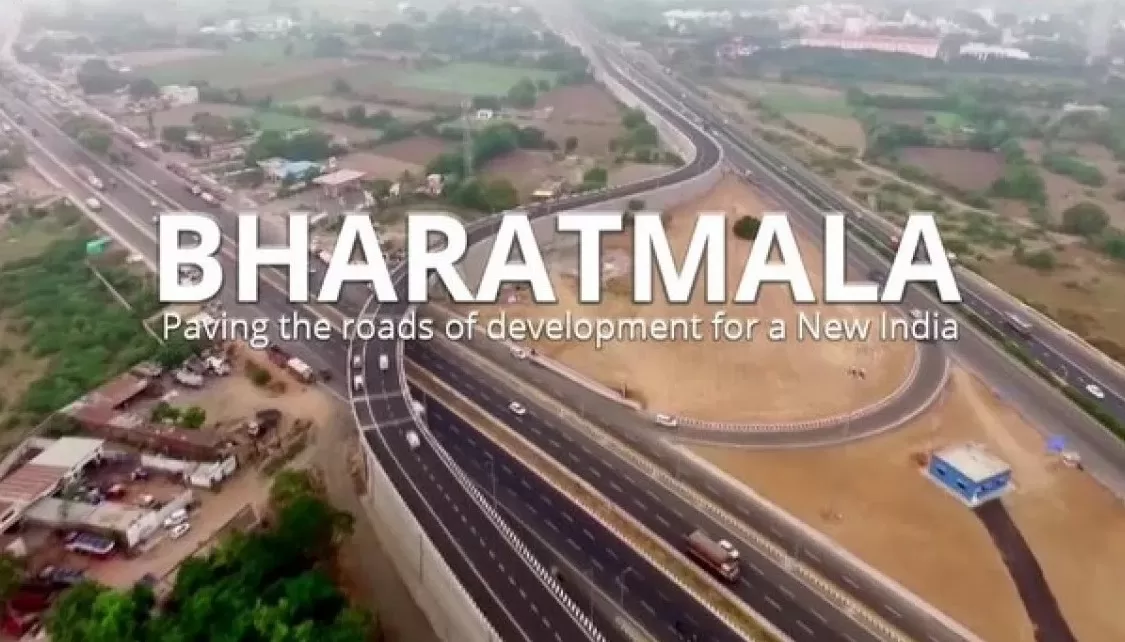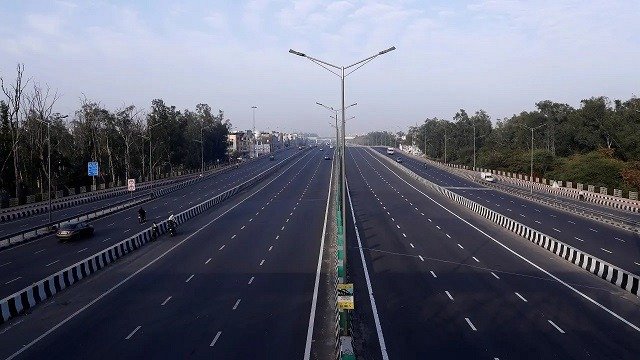Revolutionizing India’s Roadways: A Comprehensive Overview of Bharatmala Pariyojana
Diverse terrains, from towering hills to expansive forests and sprawling coastal regions, present both challenges and opportunities for India’s road infrastructure. Serving as vital lifelines, roads navigate the rugged Himalayan landscapes, connecting remote communities and fostering economic activities.
India’s road infrastructure, acknowledging these geographical nuances, strives to achieve a delicate balance, ensuring accessibility across varied landscapes. This exploration delves into how the nation’s roadways reflect the ambitious ‘Bharatmala Pariyojana’ and assesses its performance as outlined in the Union Budget 2021-22.
Bharatmala Pariyojana: Addressing Infrastructure Gaps
Launched in October 2017, the Bharatmala Pariyojana’s phase-I aimed to optimize the efficiency of goods and people movement across the country. Focusing on developing 34,800 km of National Highways, the project prioritized ‘corridor-based National Highway development’ to ensure infrastructure symmetry and a consistent road user experience. Key components included economic corridor development, inter-corridor and feeder routes, national corridor efficiency improvement, border and international connectivity roads, coastal and port connectivity roads, and expressways.
As of November 2023, the status of Bharatmala Pariyojana Phase 1 covers a total length of 34,800 km in 31 States & UTs, spanning over 551 Districts. The length awarded is 27,384 km, with 15,045 km already constructed.
Salient Features
The mega project’s salient features focus on enhancing existing infrastructure effectiveness, promoting multi-modal integration, bridging infrastructure gaps for seamless movement, and integrating national and economic corridors. The six key facets include:
1) Economic Corridors: Enhancing connectivity between economically significant production and consumption centers.
2) Inter-corridor and Feeder Routes: Ensuring first-mile and last-mile connectivity.
3) National Corridor Efficiency Improvement: Focusing on lane expansion and decongestion of existing National Corridors.
4) Border and International Connectivity Roads: Improving border road infrastructure for greater maneuverability and increased trade with neighboring countries.
5) Coastal and Port Connectivity Roads: Boosting port-led economic development through connectivity to coastal areas, fostering tourism and industrial growth.
6) Green-Field Expressways: Addressing traffic congestion through the construction of new expressways.
Major completed projects under Bharatmala Pariyojana include the Eastern Peripheral Expressway, Delhi-Meerut Expressway, Narmada Bridge, Chenani–Nashri Tunnel, and the Dhaula-Sadia Bridge, among others.





